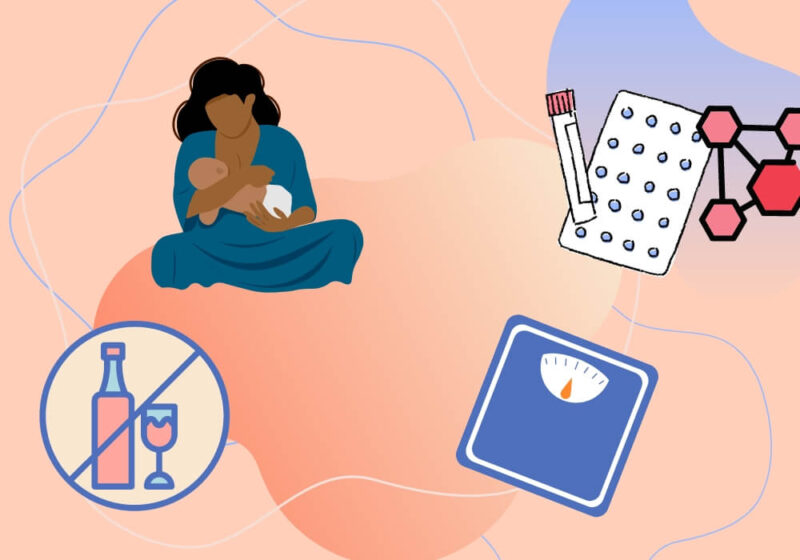Breast cancer is when breast cells grow and divide out of control. This can cause a mass of tissue or tumor to develop which can ultimately lead to breast cancer.
Every October is Breast Cancer Awareness Month. By taking the time to learn about this disease, it can help with early detection which is when it’s most treatable.
Besides skin cancer, breast cancer is the most frequent malignancy among American women. 1 in 8 women in the United States has a chance of acquiring breast cancer at some point in her life. 1 in 39 women dies from breast cancer yearly.
Patients are having better results as a consequence of earlier detection, cutting-edge therapy choices, and less invasive surgery.
Risk Factors
There are a number of risk factors associated with the development of breast cancer. Here are some to be aware of:
- Age. Breast cancer risk can increase with age. Most breast cancer cases are discovered after the age of 50.
- Genetic changes. Women who inherit alterations or mutations to particular genes, such as BRCA1 and BRCA2, are more likely to develop breast and ovarian cancer.
- Reproductive history. Women who start menstruating before the age of 12 and experience menopause after the age of 55 are exposed to hormones for a longer period of time which can ultimately increase the risk of breast cancer.
- Large breast size. Dense breasts include more connective tissue than fatty tissue, which can make cancer detection difficult on mammography.
- Family history. If someone in your family has had breast cancer or other non-cancerous breast diseases such as atypical hyperplasia and lobular carcinoma, you may be at an increased risk of developing breast cancer.
- History of radiation therapy treatment. Radiation therapy to the chest or breasts before the age of 30 increases the risk of developing breast cancer later in life.
Symptoms
Here are some common breast cancer symptoms to watch out for:
- Lumpiness in the breast or underarm area
- Swelling of the breast
- Change in breast size or shape
- Blood or discharge from nipples
- Changes in the skin of breasts (usually redness or flaky skin)
- Pain in the breasts or nipples
Check with your primary care physician if you experience any of these symptoms. Mammograms can assist in early detection.
Prevention
There are certain lifestyle changes that can be made to lower the incidence of breast cancer, even in high-risk women. Here are some things you can do:
- Reduce alcohol consumption. You are more likely to develop breast cancer if you drink alcohol. Restrict alcohol use to one drink per day or 2-3 drinks only a few times a week. Even a small amount can increase risk.
- Maintain a healthy weight. Consult with your doctor on what is a healthy weight for your age and body type. Reduce the number of calories you consume each day while gradually increasing the quantity of exercise.
- Stay active. Physical activity is important in keeping your heart healthy and also assists in maintaining a healthy weight.
- Breast-feed. The longer you breastfeed, the more protective the impact. During lactation, most women will experience hormonal changes that delay their menstrual periods. This reduces exposure to hormones like estrogen, which can promote breast cancer cell growth.
It is important to be informed about breast cancer. Fortunately, this knowledge can ultimately decrease your risk if you take the right precautions. If breast cancer is caught early on, you have a better chance of living a happy and healthy life.
